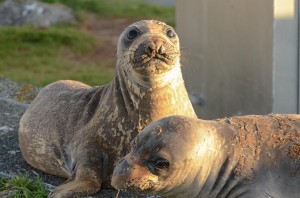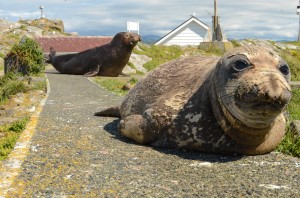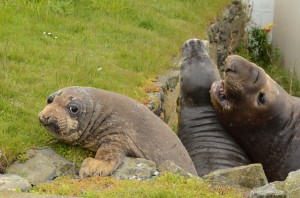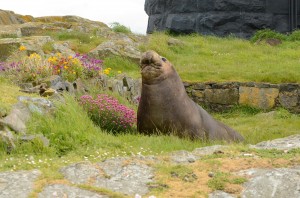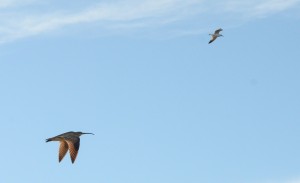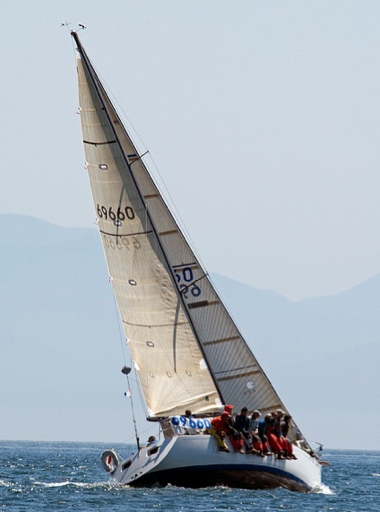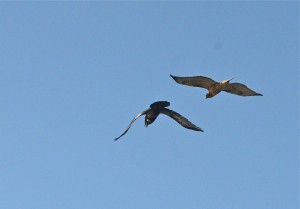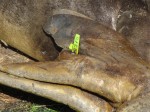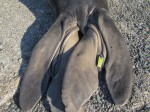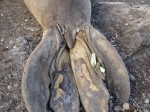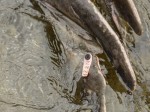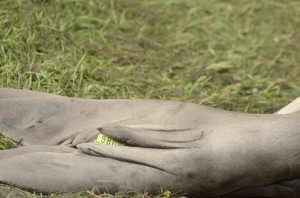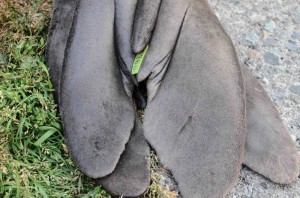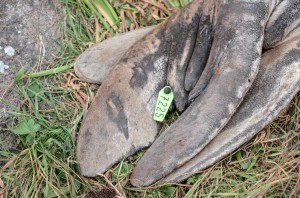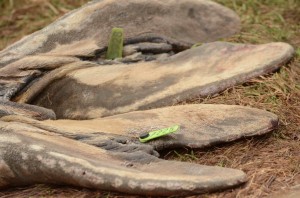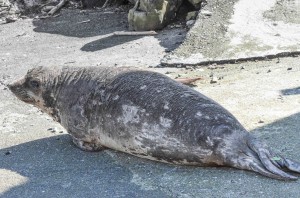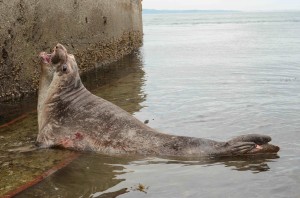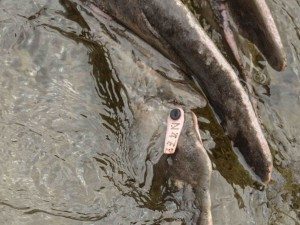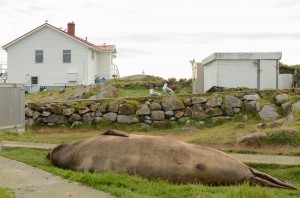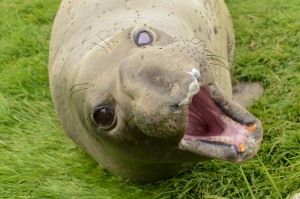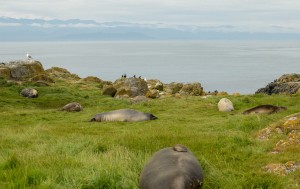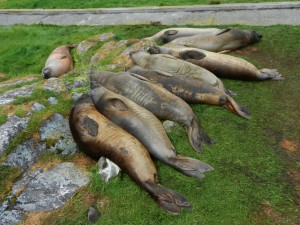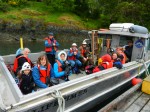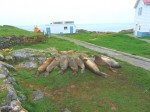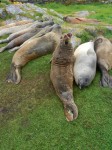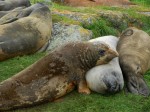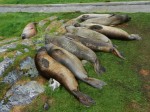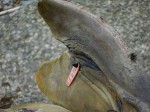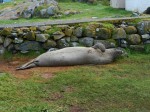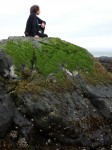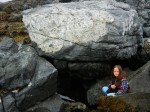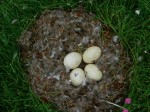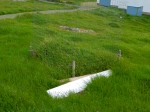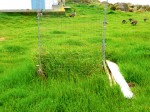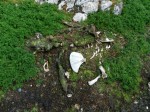Editorial: Ottawa should be more pro-active in efforts to save Canada’s lighthouses.
The Globe and Mail
Published Last updated
The federal government should take a second look at the fate of some of the hundreds of iconic federal lighthouses that the Department of Fisheries and Oceans has declared surplus to its needs. A catch-22 in the Heritage Lighthouse Protection Act says the communities that want to preserve the historic but surplus structures must find ways to purchase and maintain them, but many just don’t have the money. There is no question that some lighthouses must be left to the elements, but it would be a shame if the grandest of these magnificent symbols of Canada’s past eroded away without at least a second look from Ottawa.
How important are lighthouses? They are “key symbols of Canada’s maritime heritage,” Heritage Minister James Moore said just last week as he announced the first two British Columbia lighthouses to be designated under the protection act. Pat Carney, the former cabinet minister and senator who was involved in the designation process, said, “Our lightstations are not only active navigation aids for maritime traffic but they are also a treasure chest of community history, stories and economic opportunity. Many coastal communities link their community identity with their lighthouses to promote tourism and the work of local authors, artists and crafts people.
The essential problem is that, in fact, most federal lighthouses are no longer needed for navigation, or are outdated. It would be fiscally irresponsible for the federal government to maintain them anymore, and Ottawa was well within its rights to declare in 2010 that close to 1,000 active and inactive lighthouses were surplus. The surplus ones are eligible for heritage protection as long as another level of government, or a group or person, steps up to assume ownership. But that is a prohibitively expensive undertaking, as many of the lighthouses are located in remote areas, or even offshore. Continue reading

